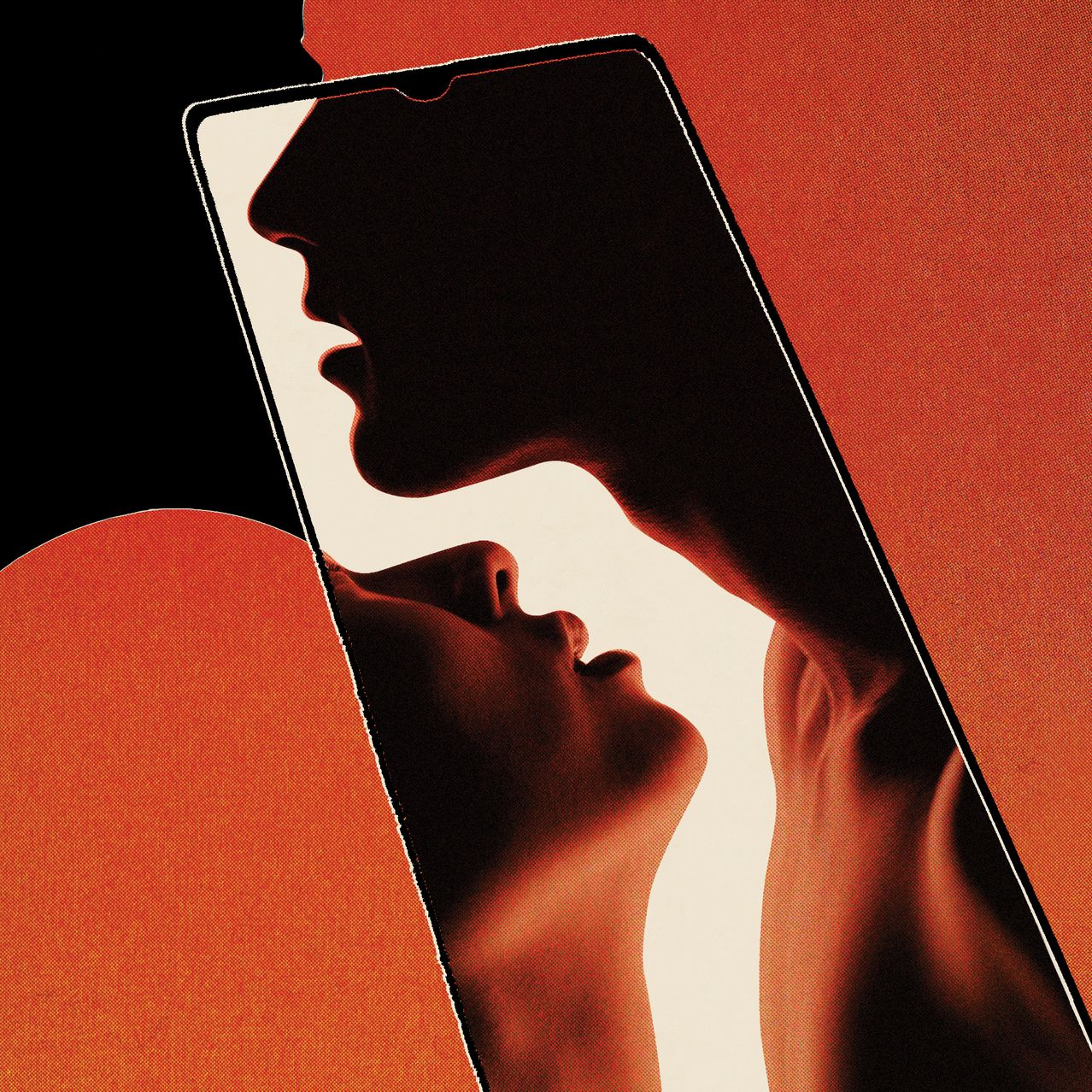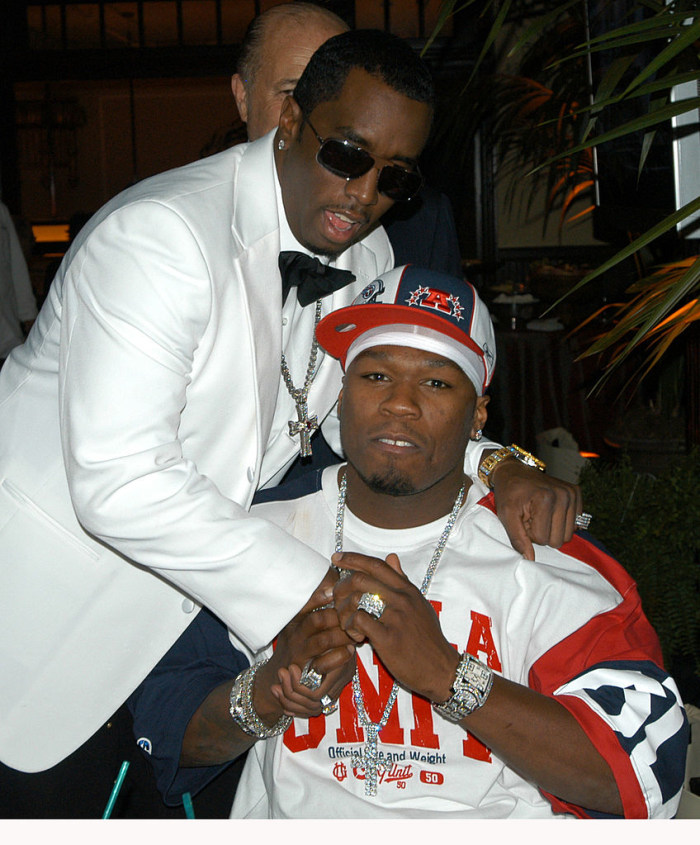
This article is more than
2 year oldSmartphones Have Turbocharged the Danger of Porn

A generation ago, the debate over pornography served as a proxy for broader American anxieties about the sexual revolution. That cultural change was made possible by a technological innovation: the birth control pill, which enabled women to separate sex from procreation. The Pill first won approval from the Food and Drug Administration in 1960, and the traditional stigma against porn collapsed soon after. A 1966 Supreme Court ruling held that even “patently offensive” pornographic material was protected by the First Amendment. The decision gave pornographers an imprimatur of free-speech righteousness, and in its wake the industry mushroomed.
Today, pornography marshals anxieties about the ramifications of another innovation, already on a par with the Pill both in pervasiveness and transformative impact: the smartphone. Since the 2007 launch of the iPhone, smartphones have granted billions of people customized, password-protected, hand-held access to a near-limitless array of digital stimuli. And this portable, pervasive parallel universe is highly addictive, often by design.
The leading online pornography site, Pornhub, was founded in 2007, a few months before the first iPhone dropped. By 2009, the site was already receiving millions of monthly unique visitors. In November 2022, Pornhub was visited 10.2 billion times, making it the fourth most popular destination on the web, and 97% of that traffic came from mobile devices.
It should come as no surprise that the personalized, tactile, portable smartphone would be the digital portal of choice for something as intimate as porn consumption. But of the new compulsive behaviors enabled by smartphones, few have as intense and immediate a reward cycle as porn—or as many far-reaching consequences.
Research is already shedding light on the psychological and physical toll of easily available pornography. A study published in the journal Sexual Medicine in 2021 states that porn users can suffer from “loss of control, difficulties in sexual functioning, negative consequences for romantic relationships and other areas of life,” as well as possible “changes in the functioning of the brain.” Indeed, a 2013 study led by psychiatrist Valerie Voon of Cambridge University found that people who exhibit compulsive sexual behavior, or sex addiction, have a similar neurological reaction to pornography as drug addicts do to thoughts of taking drugs.
Porn addiction is now widespread at surprisingly early ages. In a survey released in March by Dignify, a sexual-abuse nonprofit in the U.K., 20% of respondents aged 14-18 described themselves as having a porn habit, while 10% said they were “addicted.” The technology of online porn also incentivizes the production of extreme or grotesque material, due to a competitive attention economy that rewards clickbait.
In an essay published in The Free Press in August, 16-year-old Isabel Hogben described how, by the time she was in 4th grade, she had seen internet porn featuring “simulated incest, bestiality, extreme bondage, sex with unconscious women, gangbangs, sadomasochism and unthinkable physical violence.” This is not an isolated case: A French government task force on equality recently reported that as much as 90% of online pornography features “verbal, physical and sexual violence toward women.”
Today’s young people, conditioned by handheld access to the reward cycle of violent pornographic stimulus and orgasmic dopamine hits, are maturing into adults who expect sex to involve violence. Sexual choking is endemic among teens and young adults. In a 2021 survey of approximately 5,000 American college students, 58% of women reported having been choked during sex. This is often non-consensual and inspired by porn. A survey commissioned by the BBC in 2020 found that 71% of British men under 40 have slapped, choked or spat on a partner during sex, with more than half stating that porn had influenced their desire to do so.
If young women make up the majority of those on the receiving end of porn-inspired violence, that doesn’t mean that the men who consume porn go unharmed. In addition to anxiety, low self-esteem and reduced sexual romantic satisfaction, studies also link porn consumption with erectile dysfunction (ED). Once mainly associated with older men, ED rates increased sharply in men under 40 starting in the 2000s, as porn was going digital. A meta-analysis published in the journal Behavioral Science found that in 2002, just 2% of men under 40 had ED. By 2011, the rate among European men aged 18-40 had climbed to 14%.
Before FDA licensing of the Pill in 1960, the American consensus broadly held that sexual mores were a matter of public interest. When the Pill uncoupled coupling from pregnancy, that consensus began to fragment. Increasingly, it became possible to view sex as a private matter, of concern only to the participants, save in cases of violence or abuse.
In the 1970s and 1980s, a coalition of feminists and conservatives tried to warn that pornography was harmful to women and threatened family formation. The best-known effort was a 1983 ordinance drafted by the radical feminist Andrea Dworkin and the feminist lawyer Catherine McKinnon that sought to amend the Minneapolis civil-rights code to designate pornography as a form of sex discrimination. It was passed by the Minneapolis City Council, with conservative support, only to be vetoed by the mayor. A few months later, Indianapolis passed an ordinance based on the same bill, which was promptly overturned on First Amendment grounds.
But the feminist and conservative movements were also internally conflicted. Many civil-libertarian feminists defended porn, arguing that restricting women’s freedom in order to protect them from exploitation was paternalistic. And some conservatives opted to defend the porn industry in the name of values like limited government, free speech and free markets.
Every political decision is a trade-off, and perhaps in the 1970s and ’80s the benefits of sexual and economic freedom could plausibly be said to outweigh the potential harm of allowing porn to flourish. Since then, smartphones have so radically altered the calculus of pornographic accessibility, content and impact that the old trade-off no longer holds. Concern about pornography is spreading from activists to politicians of both parties, as well as to the general public.
Last year, a class-action lawsuit was filed in California alleging that MindGeek, the parent company of Pornhub and other online pornography sites, disseminated child pornography and violated federal sex-trafficking laws. Visa and Mastercard announced that they would stop doing business with Pornhub’s ad network. In Louisiana, a new law sponsored by state representative Laurie Schlegel, a sex therapist, requires porn websites to verify the age of users. Schlegel is a Republican, but her bill drew bipartisan support, passing the state legislature 96-1, and has inspired copycat legislation in six other states. Initial signs are that this approach works: Pornhub has withdrawn service entirely in some states that have passed age verification bills.
If a new technology is once again driving America to renegotiate the trade-off between freedom and the public interest, will the collateral damage once again be women and children? Or will the ax fall on free speech? Whatever the new consensus, its impact will reach well beyond Big Porn.
Mary Harrington is a contributing editor at UnHerd and the author of “Feminism Against Progress.”




